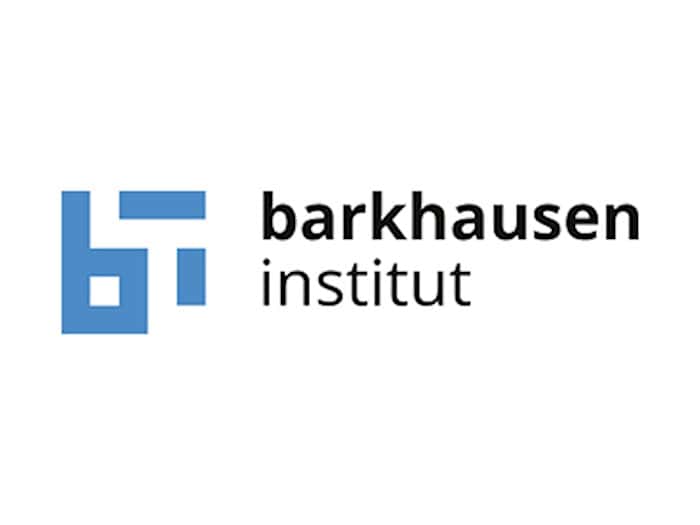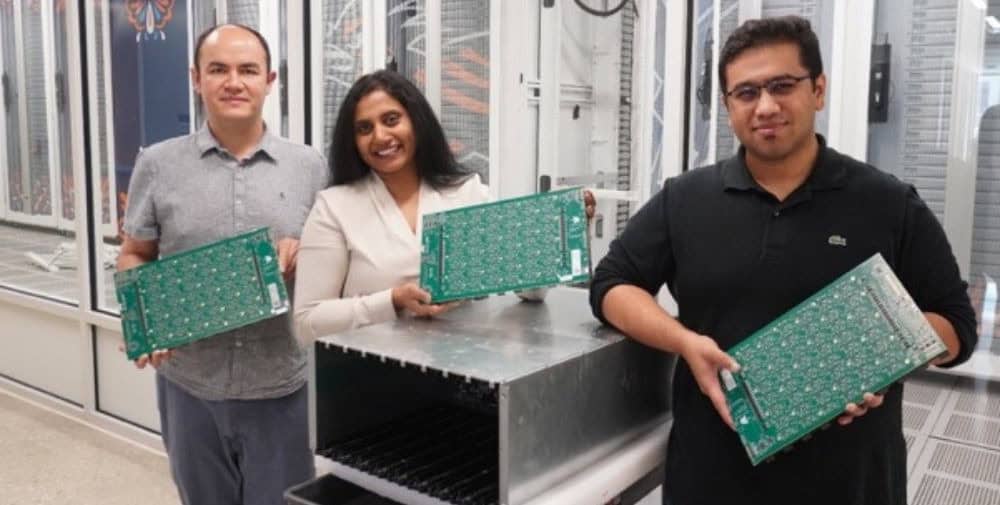
The 6G-SENSES project aims to implement innovative radio technologies such as cell-free mobile networks and Joint Communication and Sensing (JCAS) (simultaneous telecommunication and environmental sensing). This will enable the planned 6G features such as high-speed data transmission, energy efficiency and coverage. The project envisages a variety of technologies, such as Wi-Fi, that can not only communicate but also sense their surroundings as part of JCAS. The aim is to improve energy efficiency and communication speed within the network by perfecting environmental detection. To improve the availability, coverage and detection capacity of the networks, the project relies on reconfigurable intelligent surfaces (RIS). This innovative technology directs electromagnetic signal waves to where they are needed. An optimization algorithm tailored to the RIS-based cell-free mobile network will manage the network and signal processing. This mechanism will improve the cooperation between access points with built-in sensing capabilities, thereby increasing the accuracy and precision of sensing. The acquisition data from these nodes will be provided to the cellular network for optimization.
The Barkhausen Institute is involved in key aspects of this project:
Millimeter wave antenna system: We will develop an antenna system designed for the 60 GHz frequency. Our primary goal is to reduce the unwanted radiation distortions that occur within the antenna arrays. To achieve this, we will use advanced electromagnetic structures called metamaterials (artificial materials) at the 60 GHz frequency, which will ensure improved performance without additional power consumption.
Front-end packaging: We will develop printed front-end modules with a particular focus on integrating antennas into the communication and sensor chipsets. We will then evaluate the performance of these integrated modules in a dedicated lab environment. Our focus is on developing a low-cost, energy-efficient solution. These modules will later be used for JCAS lab trials at link level at 60 GHz.
Project duration: 2024 – 2026
Cooperation partners: IHP GmbH – Leibniz Institute for Innovative Microelectronics (coordinator), IASA – Institute of Accelerating Systems and Application, Universidad de Cantabria, Accelleran, Cosmote, Sapienza Università di Roma, Technische Universität Braunschweig, BubbleRAN, Intel Deutschland GmbH, Nottingham Trent University
Contact:
Dr. Padmanava Sen (padmanava.sen@barkhauseninstitut.org)
– – – – –
Further links
👉 www.barkhauseninstitut.org
Photo: pixabay




